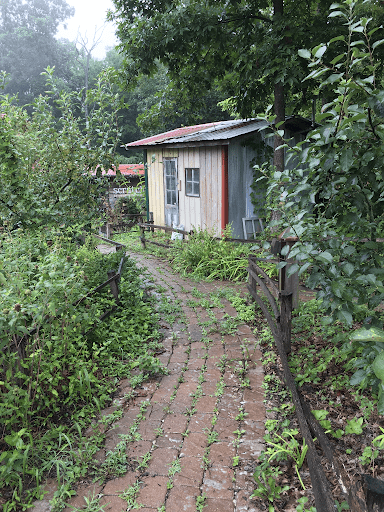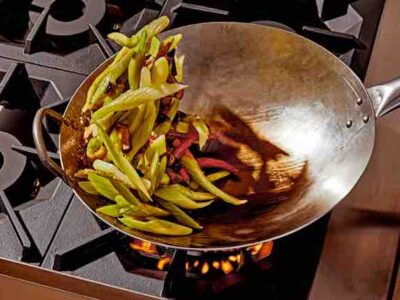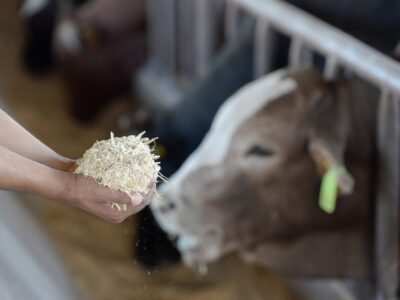Snallygaster is a massive beer festival in Washington DC, that has been showcasing some of the world’s best and rarest craft beers since 2007. In 2019 almost 400 different beers were available. Four of them were selections submitted by Scratch Brewing Company in Ava, Illinois.
The four beers were:
- Blackberry & Lavender: Sour Red Ale w/ blackberries & lavender
- Blueberry Hyssop: Sour Red Ale w/ Blueberries & Anise Hyssop
- Dry-Hopped Plum: Mixed Fermentation Wheat Ale w/ Cascade Hops & Plums
- Wild Carrot: Saison w/ Carrots
In a crowd of hazy IPAs and pastry stouts, these beers stood out. Not only did they use unique and intriguing ingredients, but the beers were executed well.
The Wild Carrot beer has been an especially fond memory for me, so when given the opportunity to talk to co-owner and head brewer, Aaron Kleidon, I leaped.
Scratch Brewing Company (Scratch) is a farmhouse brewery that aims to showcase the terroir of Southern Illinois. The beers are thoughtfully crafted from local, seasonal, and foraged ingredients.
The co-owners of the brewery, Marika Josephson, Ryan Tockstein, and Aaron Kleidon, published The Homebrewer’s Almanac in 2016 to help readers learn how to brew with native plants and foraged ingredients. The brewery was also nominated for a 2020 James Beard Award for Outstanding Wine, Spirits, or Beer Producer.
The beers are a labor of love. All the hops used in the beer come from Illinois, as well as all the grain (specifically Sugar Creek Malt). Kleidon explained they like to support small, local farms, and “know where their money is going.” The majority of the other ingredients are local, seasonal, and foraged.
Scratch has a massive garden and greenhouse that grows close to 90 percent of the food served in the taproom as well as providing brewing ingredients.
Paw Paws, persimmons, wild passion fruit (maypop), and greengage plums are some examples of foraged ingredients they have used in their beers. As Kleidon lists off other forged items like sweet clover, hickory bark, white oak bark, and maple bark, he explains “I’m looking out the window right now to see what we got,” he adds, “the bark will get scaly…and it won’t hurt the tree to take some off.”
I was particularly curious as to how the bark is used in the brews. Kleidon gave an example of finding a wild cherry tree that had been knocked down during a storm. The bark was used in the boil, which imparts an almond-like cherry flavor, with a hint of smoke. And wood can be used to fire the kettle.
This is another unique aspect of Scratch beer. All the beer is brewed over a wood fire. This is an incredible brewing feat. Think of it this way: when you make a soup, and you need to bring it to a boil and then turn it down to a simmer, you have a precise knob to control the heat. During the brewing process, the temperature needs to be so precise, to adjust the heat of an open flame is a rare skill. Kleidon admits it is hard to train new people to know when to add logs and what kind of logs to add. Each batch makes 8 barrels of beer; quality over quantity.
There are so many decisions that go into brewing beer, but to embrace the land around a brewery takes consideration and skill. Kleidon explains, “I want to make something that is distinct from this region. The brewery is on land I’ve grown up on and it’s important to showcase this place for what it is…this place has a lot to offer.” Adding, “ultimately the beer needs to taste good,” and it certainly does.





